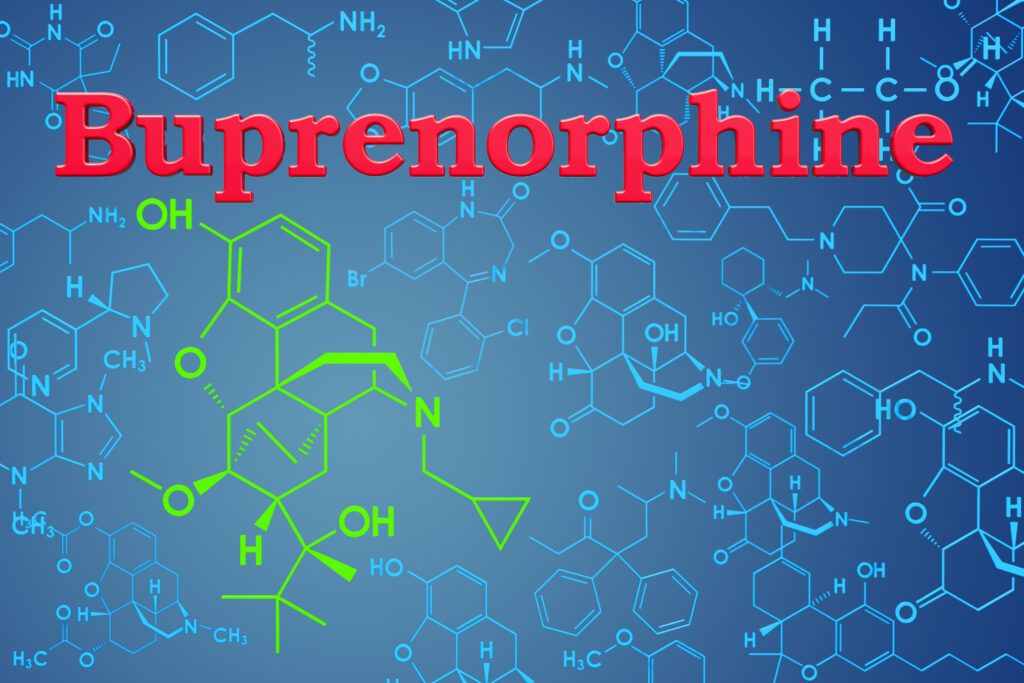At Direct2Recovery, we like going into the science behind how Suboxone, Naltrexone, and other opioid antagonists work. But we realized we never described what an opioid agonist and antagonist are. So today, we’re answering that question. Hopefully this blog helps clear up any confusion around the medication we use in our medication-assisted treatments.
How Do Opioids Work?
Opioids are more common than you think. They’re pain relievers, such as morphine and oxycodone, and are generally safe when used correctly, as directed by your doctor. However, when used incorrectly, problems and addictions tend to occur.
So how do they work? Well, your brain has receptors in it that allow opioids to attach to them. These receptors are also found in your spinal cord and gut. When an opioid does attach to these receptors, they block pain messages. This often produces feelings of intense relief and euphoria, as you’re no longer experiencing extreme pain. These strong pain relievers have many use cases in the medical system such as post-surgical pain management or even in hospice when one is managing pain during end-of-life care.
Opioids trick your brain into feeling good by activating your reward cycle. This cycle is naturally activated when you do things you enjoy. Unfortunately, opioids produce a stronger feeling than natural triggers, which often leads to unhealthy habits and addiction.
What is an Opioid Agonist?
Opioids can be many things: agonists, antagonists, partial antagonists, and a mix of those options. An agonist is a chemical that binds to a receptor and activates the receptor to produce a biological response. You’ll know them better as fentanyl, heroin, morphine and oxycodone.
An antagonist is something different.
What is an Opioid Antagonist?
Now that you know how opioids work, we can get into what an opioid antagonist is. They are specifically designed to block opioid receptors before they’re activated, meaning any opiate in your system would be unable to attach to them.
Instead of controlling withdrawal and cravings, it treats opioid use disorder by preventing any opiate from producing rewarding effects such as euphoria.
What is a Partial Opioid Antagonist?
Partial opioid antagonists bind to those same opioid receptors but activate them less strongly than full agonists do.
Partial agonists can have similar effects to full agonists, however they lose effectiveness at higher doses. Medications that belong to the partial agonist category include Buprenorphine and Tramadol.
What is a Mixed Agonist/Antagonist?
The opioid system includes multiple types of receptors that react to opioids differently. A mixed agonist/antagonist activity depends on the receptor type. It may act as an agonist for one type of receptor while working as an antagonist for another type of receptor.
What Medications are Opioid Antagonists?
There are a few medications out there that act as opioid antagonists. We’re going to go over a couple of the more common ones here. All of them listed below are different: one is an agonist, one is a partial antagonist (that we use in our outpatient Suboxone clinic!), and the other is a full antagonist.
Methadone
Methadone is a synthetic opioid agonist that eliminates withdrawal symptoms and relieves drug cravings. It takes the place of other opioid agonists — such as heroin — and attaches to opioid receptors. It does this slowly and does not produce euphoria, so it is safer and does not produce the same addictive effects as other agonists.
It has been used successfully for more than 40 years to treat opioid use disorder and must be dispensed through specialized opioid treatment programs.
Buprenorphine
Buprenorphine is a partial opioid agonist, meaning that it binds to those same opioid receptors but activates them less strongly than full agonists do. It’s used to reduce cravings and doesn’t produce any feelings of euphoria as it blocks your brain’s opioid receptors. It’s easier on your body than other medications and patients usually tolerate it well.
Research has found buprenorphine to be similarly effective as methadone for treating opioid use disorders, as long as it is given at a sufficient dose and for sufficient duration.
Naltrexone
Naltrexone is a full opioid antagonist, which means that it works by blocking the activation of opioid receptors. Instead of controlling withdrawal and cravings, it treats opioid use disorder by preventing any opioid drug from producing rewarding effects such as euphoria. Most patients don’t tolerate Naltrexone as well as Buprenorphine.
In 2010, Vivitrol® was released. It is an injectable form of Naltrexone that treats alcohol use disorder and opioid use disorder. Because its effects last for weeks, Vivitrol® is a good option for patients who do not have ready access to health care or who struggle with taking their medications regularly.
At Direct2Recovery, we use Vivitrol and Suboxone, which is a combination of Buprenorphine and naloxone (both opioid antagonists). If you want to learn more about our MAT program, or want to sign up, give us a call or contact us online today!





